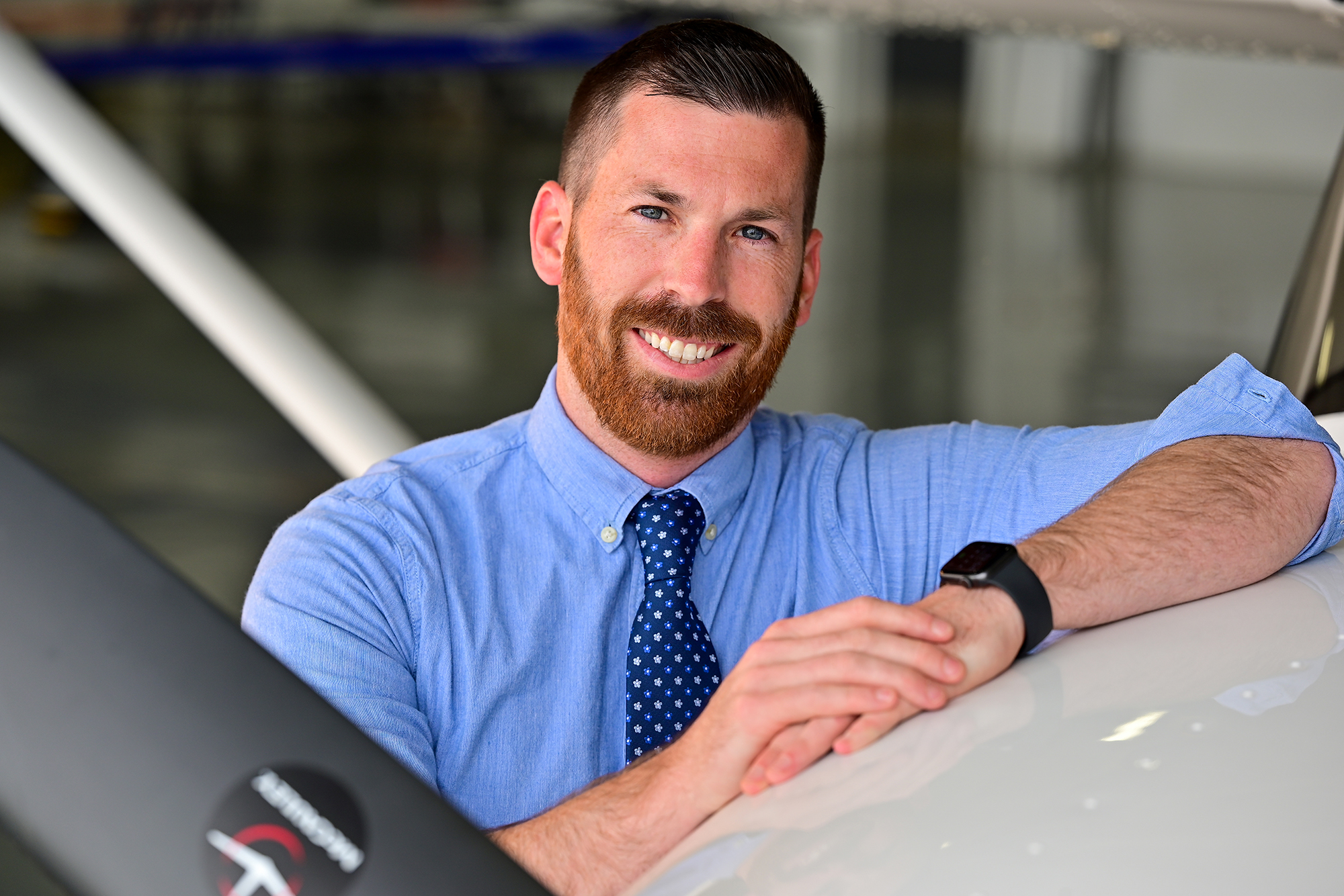California Legislature Passes 100LL Ban
California is on the verge of banning 100LL statewide pending a signature from Governor Gavin Newsom. For flying clubs, and general aviation in general, this poses a serious threat to continuing reliable operations in the state. It’s not all doom and gloom, though, we’ve got some time. The proposed bill would outlaw the sale of 100LL, and all other leaded fuels, starting in 2031, making California the first state to pass such a ban. Governor Newsome has until September 30th to veto the bill, though the support in the state House suggests an easy override should he veto.
The bill initially was written to start a phase out of 100LL starting in 2026 based upon increasing health risk in residential areas surrounding California’s more active GA airports. That was amended as a result of pushback from aviation groups (AOPA being a main contributor) arguing that the earlier timeframe would not provide ample time for a safe transition to an unleaded aviation fuel. Through the End Aviation Gasoline Lead Emissions (EAGLE) initiative, the industry has until 2030 to develop a suitable replacement for 100LL that meets safety and performance standards.
MOSAIC update from the Midwest Aviation Expo
This past weekend I had the opportunity to attend the Midwest Aviation Expo in Mt. Vernon, IL. During the two-day Expo I saw unique Light Sport and Ultralight aircraft and am thrilled for what the future of light-sport will bring to general aviation, particularly after the much-anticipated MOSAIC rule change takes effect. One of many seminars I attended was the industry update, put on by the Light Aircraft Manufacturers Association (LAMA) on some of things that we know, and others that we don’t, about MOSAIC. For those unaware, MOSAIC (Modernization of Special Airworthiness Certification) seeks to expand the aircraft that will qualify as “light-sport” as well as some additions to sport pilot privileges moving forward. Below is a list of requirements for an aircraft to qualify as Light Sport once MOSAIC is enacted.
Changes to sport pilot privileges include…
As far as timeline, the general consensus is “stand by to stand by” though LAMA anticipates a third or fourth quarter 2025 release with a 2–6 month effective date following the release. So, potentially 2026…or maybe sooner…or maybe later.
Scholarship Applications Now Open!
The AOPA Foundation Scholarship Program offers many types of aviation scholarships. From earning a primary certificate, to career advancement, to gaining additional ratings, we have scholarships to support nearly all aviation aspirations. Information on the application process and individual scholarships can be found, here.
